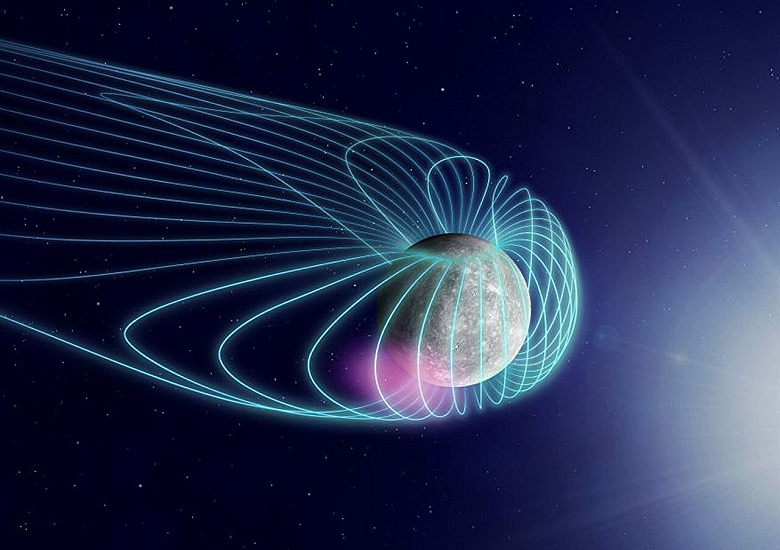Powerful plasma eruption – a harbinger of solar maximum
An eruption 40 times the size of the Earth that occurred on the far side of the Sun threw a giant cloud of plasma into space, which «crashed» to Mercury, creating X-ray auroras around its rocky surface.
The eruption was likely caused by a powerful solar flare that occurred on March 9, according to Spaceweather.com. NASA's Solar Dynamics Observatory (SDO) detected a large plasma filament from beyond the northeastern limb of the Sun. Based on the amount of visible plasma, it can be judged that the eruption was about 500,000 kilometers across.
Observatory data showed that the flare likely left a massive «canyon of fire» on the surface of the Sun, and also caused a large coronal mass ejection — a rapidly moving cloud of magnetized plasma that collided with Mercury.
Mercury is often subject to collisions with coronal ejections due to its close location to the Sun. As a result of this bombardment, the planet is devoid of an atmosphere and exposed to the full force of solar storms.
When coronal ejection electrons reach Mercury's surface, they slow down, causing the particles to emit energy in the form of X-rays, which scientists can detect from Earth. The result is a phenomenon similar to the aurora, which is visible in the X-ray range.
Giant eruption indicates peak of 11-year solar cycle — solar maximum may have started earlier than expected. During solar maximum, solar flares and other solar activity events occur more frequently and have greater power. Scientists have already recorded signs of such an increase in solar activity.
The past month has seen some of the largest solar storms of the current cycle, including the most powerful X-class flare in six years and a plasma plume 15 times the height of Earth that erupted from the sun's south pole.
One of the problems during solar maximum is the inability to observe the far side of the Sun, where giant sunspots can be found, causing unexpected solar storms like the one that recently hit Mercury. These solar eruptions can be directed toward Earth as the Sun rotates. For example, in January 2023, a hidden sunspot unexpectedly generated an X-class flare.
One of the tools that NASA uses to avoid being affected by these hidden dark spots is the Perseverance rover, which can sometimes «peek» behind the far side of the Sun from Mars. However, this is only possible in cases where the Earth and Mars are on opposite sides of the Sun.

